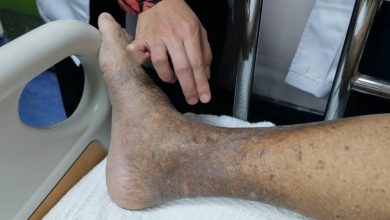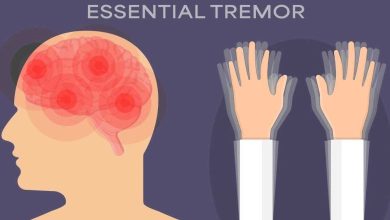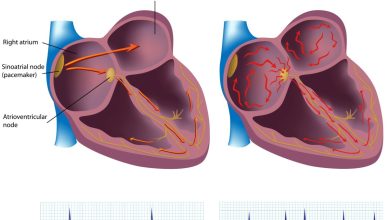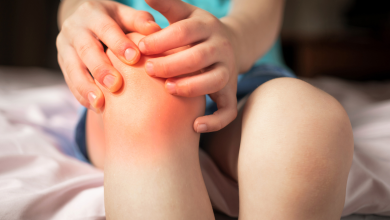Bone Spurs Symptoms, Causes, Diagnosis and Treatment

What are Bone Spurs?
Bone spurs basically are the bony projections which tend to develop along the bone edges. Another name for bone spurs are osteophytes. Moreover, bone spurs usually form in the joints- the location where bones connect. However, it can form on your spine bones as well.
The chief cause of BS is the abrasion damage linked with osteoarthritis. In most of the cases, bone spurs do not cause any symptoms and thus go unnoticed for years. Moreover, they may not need treatment. Nonetheless, decisions regarding its treatment depend entirely on their location plus the way they are affecting the health.
What are the Symptoms of Bone Spurs?
In majority cases, they may not cause any noticeable symptoms and would remain hidden until an X-ray, which you have conducted particularly for some other purpose discloses its growths. Furthermore, in rare cases, it can cause loss of motion and pain in the joins. Certain symptoms tend to depend on the location of bone spurs, such as:
• Hip: you may feel difficulty moving your hips due to pain.
• Knee: you may feel pain while bending and extending your leg due to the bony developments which obstruct your tendons and bones that keep the knee smoothly operating.
• Spine: BS on the vertebrae may limit the space which contains the spinal cord. Moreover, bone spurs may also touch your spinal cord plus its nerve roots causing numbness and weakness in your legs and arms sometimes.
• Shoulder: BS can rub on the rotator cuff- the group of tendons and muscles which helps to control the movements of your shoulder. Thus, can cause tears and swelling in the rotator cuff.
• Finger: Bone spurs may look like hard lumps right under the skin; moreover, it can make your joints in the fingers appear knobby.
When is the high time to consult a doctor?
In case you experience/ feel swelling, pain and trouble moving your joints, immediately call up your doctor for an appointment. Early treatment would help slowing or preventing further damage to your joints.
What are the Causes of Bone Spurs?
Osteoarthritis is the main cause that triggers bone spurs. As the condition breaks down your cartilage, the body tries fixing the loss through generating bone spurs close to the area which is damaged.
How is Bone Spurs Diagnosed?
During your physical exam, the doctor will observe around the joint in order to find out where exactly the pain is generating from. In order to confirm the diagnosis, he can suggest few imaging tests or X-rays in order to get a clear look of your bones and joints.
How is Bone Spurs Treated?
In most cases, bone spurs do not tend to cause any symptoms, thus, go unnoticed for years. However if the condition causes pain, the doctor can recommend pain relievers (over-the-counter) for example naproxen (Aleve) or ibuprofen (Motrin, Advil). Moreover, bone spurs which press on the nerves or limit the motion range may need surgical removal.
By : Natural Health News




